Offering an Opportunity to Move Forward
Published on May 18th, 2016
by Viola J. Gaskell
The Clipper Round the World Yacht Race, conceived by Sir Robin Knox-Johnston in 1996, is enjoying its 10th edition as the 12-boat fleet races from Seattle to Panama. Launched under the premise of providing an opportunity for people, whether they are familiar with sailing or not, to see traveling the world’s oceans as an achievable goal, its purpose for three sailors has a much deeper meaning.
Before the 2015-16 edition, Jennifer Burgess, age 36, had no prior experience sailing. “I’ve now been on board for four months, and my sailing has skyrocketed. I do everything; I helm, I do the ropes and the winches, I help with sails, and I’m the vittler for the boat now so I organize all of our supplies.”
What motivates someone to go so deep into the unknown? Three years ago, Jennifer’s father died, and before he passed they talked about their lives and how Jennifer had always put work first. “He said to me, ‘you’ve spoken about doing this Clipper Race, now you have to promise me you’re going to do it. Instead of just talking about it, actually get out there and do it.”
So Jennifer is participating in the race as a remembrance to him. “I have to. And actually, it’s the best thing I’ve done so far. Hands down. It’s tough, it’s hard, there are moments when you’re on board going, ‘what am I doing?’ when you’re freezing cold and you can’t feel your feet, and your feet have been numb for a week, and there are waves crashing over deck, but then the bad times are always balanced out by the good times, and actually the good times outweigh the bad. Plus the crew is amazing. I’ve made proper life-long friends, not just on this boat, but on other boats as well. It’s something that will definitely stay with me for life.”
Jack Chidley, age 47, an experienced sailor who finished his second and final leg in Seattle, had another reason for doing the race. After using the leg from Australia to China as a “warmup’, he selected the most difficult leg, the Pacific Ocean crossing. “On the Pacific the winds were the worst I’ve seen and the waves were slightly bigger than any others I’ve come across, but I can’t say I was ever personally frightened. We all just did what we were supposed to do under any conditions.”
Jack was participating as a final step in his recovery from severe depression. “On the most personal level, the reason I like sailing is sort of the feeling of being stripped of everything else. It’s a very simple life. There is only eating, sleeping and the physical activity of sailing, and unusually in this modern life, you can only talk to people. Sure you can listen to music or read a book, but there’s not much to distract you. It’s life at its rawest, and when you’re out there and a storm’s blowing, it’s raining and it’s freezing cold – there’s no space to think about anything other than your direct experience, and for me that really was good.”
A finisher in in five Iron Man triathlons, Jack is a firm believer in the mental benefits of extreme physical activity. “My family’s support has been unstinting throughout. But to thrive in this life, you need more than support, you need to do things that are worthwhile: things that are hard physically and mentally.”
The Sapinda Rainbow Foundation also believes that sailing has immense positive potential in recovering from difficult life experiences. Each year the South African non-profit sends eight South African young people from disadvantageous upbringings to the Clipper training. The candidates are selected from hundreds of applicants to race, one candidate per leg of the circumnavigation.
Lerato Masonmbuka, age 20, started her leg in Seattle. The death of both parents early on in her life led to Lerato’s being brought up by her grandmother until she passed away in 2008. Lerato’s Aunt has raised her and her younger brother since then. Her goal is to study Language Practice in preparation for starting a reading club for younger children in her community.
“The aim is to instill life skills like leadership abilities, teamwork, and coordination, so that when we go back to our communities after the race, we can be an inspiration to our peers. When I get home I want to motivate people to know that everything is possible. This race is going to be an immense challenge, and I think it will encourage me to overcome all of the challenges I face at home.”
Viola J. Gaskell is a Seattle photojournalist who spent several afternoons photographing and interviewing these three sailors at the Seattle Marina up prior to the leg start to Panama.
Event Website – Race Viewer – Team Reports – Facebook
Background: The 40,000 mile Clipper 2015-16 Round the World Yacht Race began in London, UK on August 30 for the fleet of twelve identical Tony Castro designed Clipper 70s. The series is divided into 16 individual races, with the team with the best cumulative score winning the Clipper Race Trophy. Each team is led by a professional skipper with an all-amateur crew.
The current race began in Seattle on April 30 at 0320 UTC (April 29 at 2020 local time) and will take the teams along the 4208 nm course to Panama.
The ports along the race route are Rio de Janeiro, Brazil; Cape Town, South Africa; Albany, Sydney, Hobart and Airlie Beach, Australia; Da Nang, Vietnam; Qingdao, China; Seattle, USA; Panama; New York, USA; Derry-Londonderry, Ireland; and Den Helder, Netherlands before returning to London by late July.


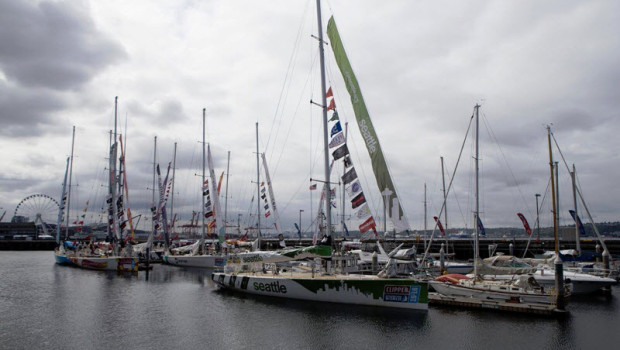



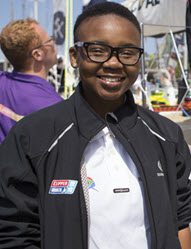
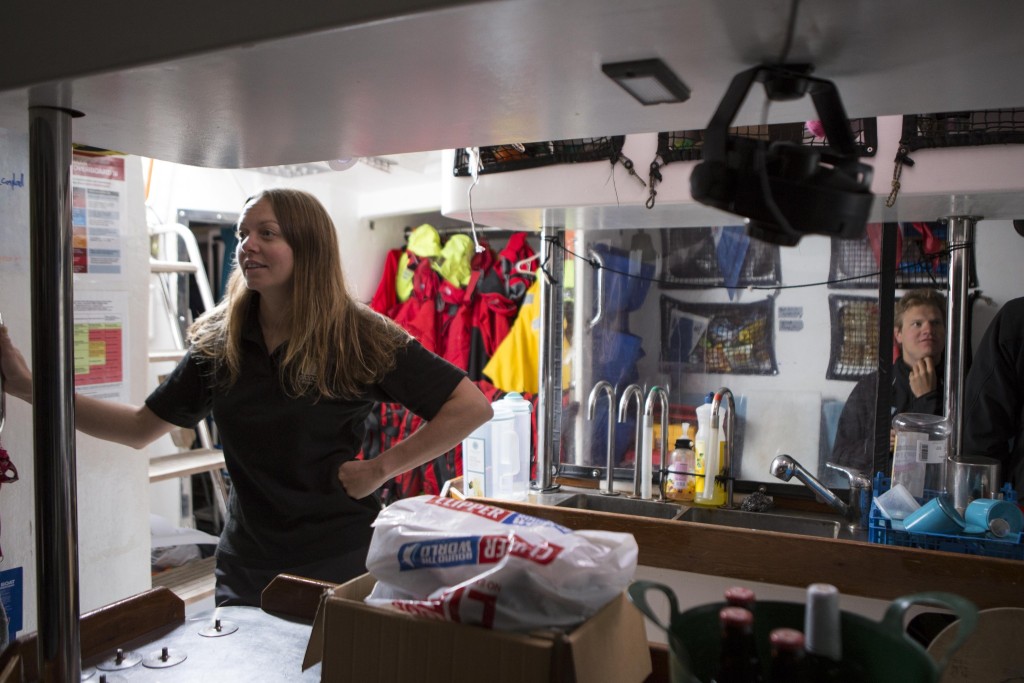
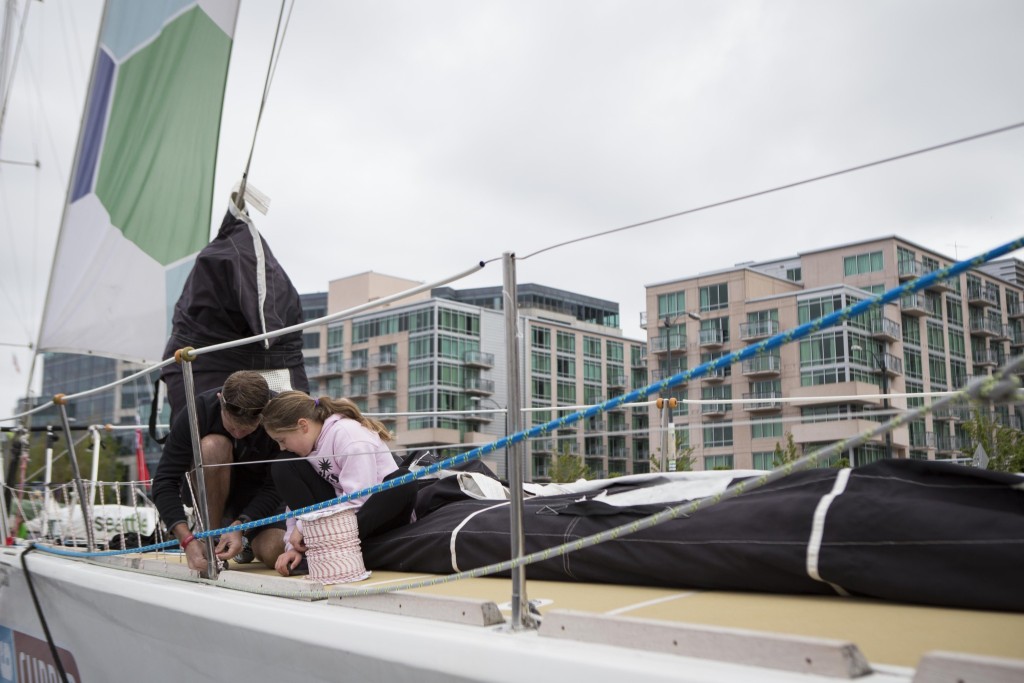
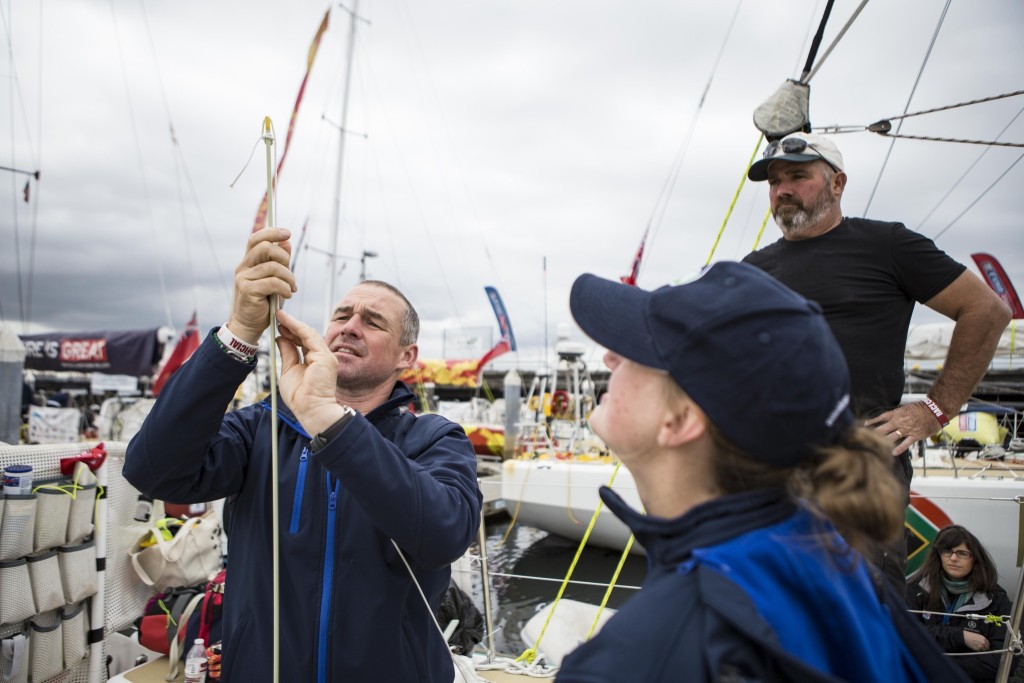
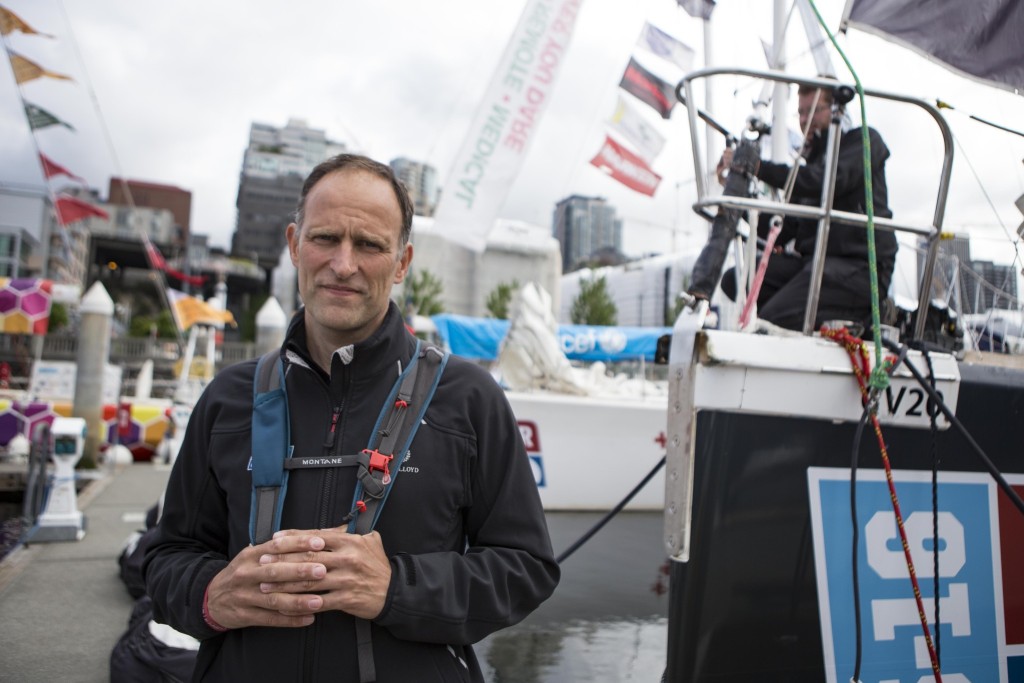
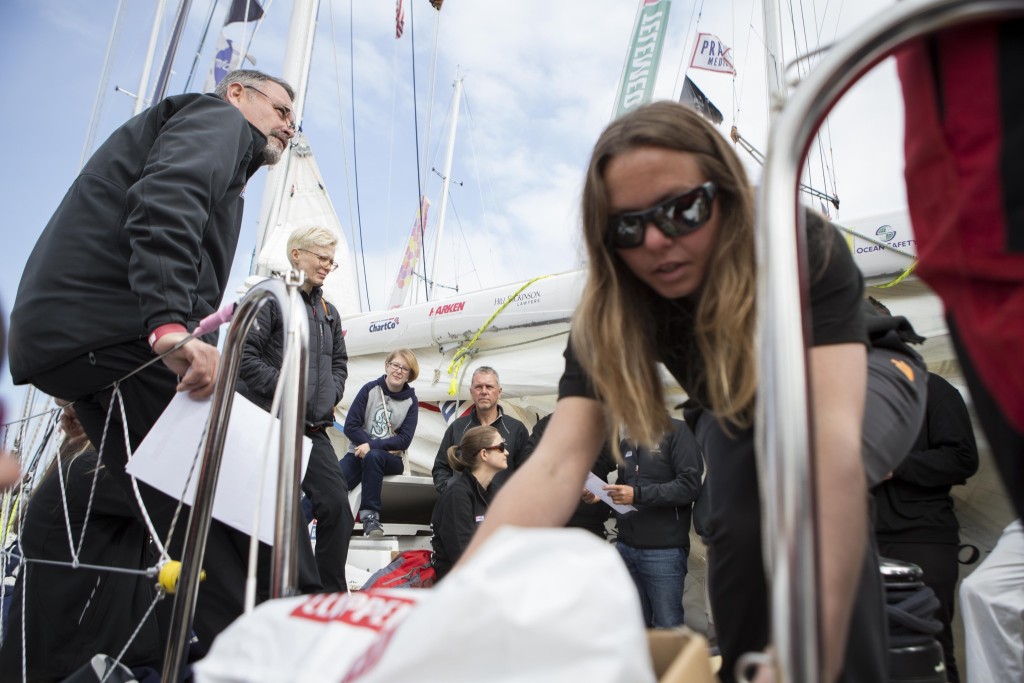
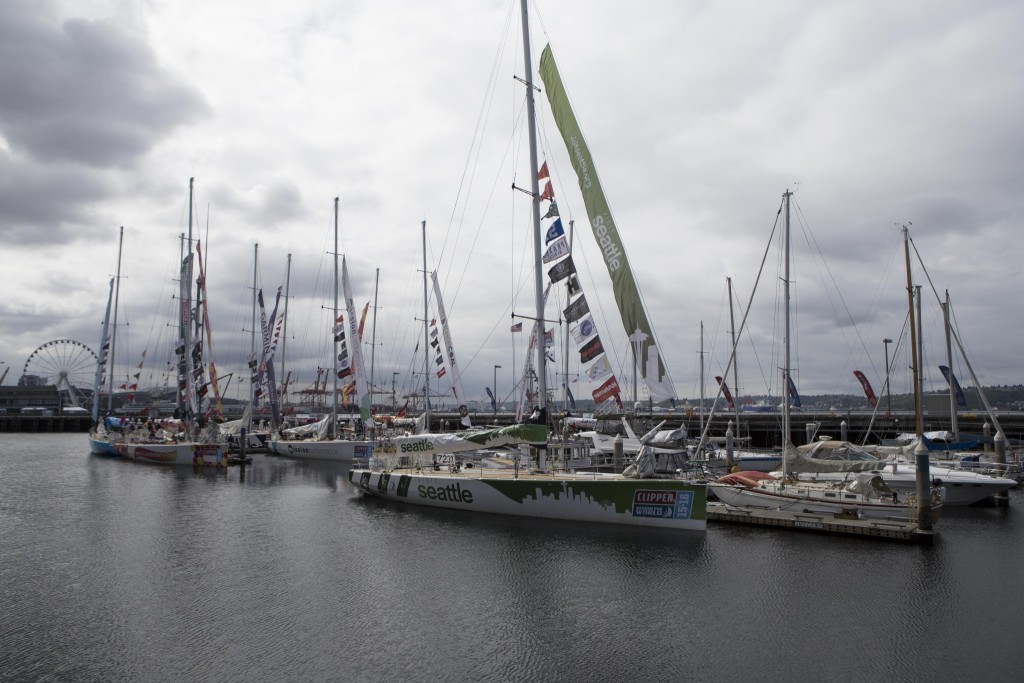
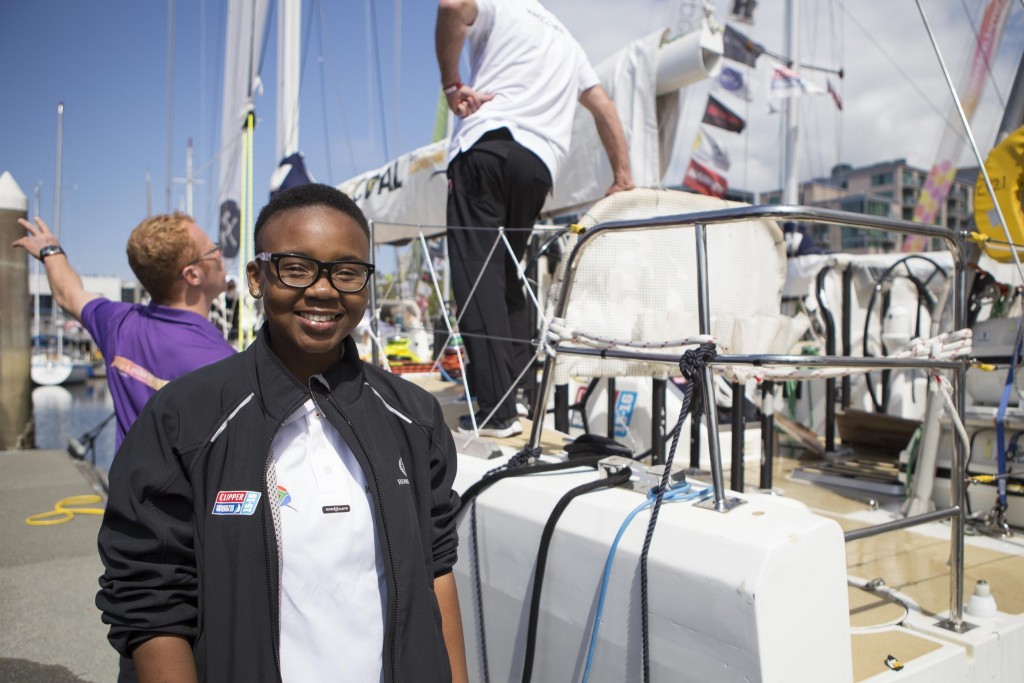
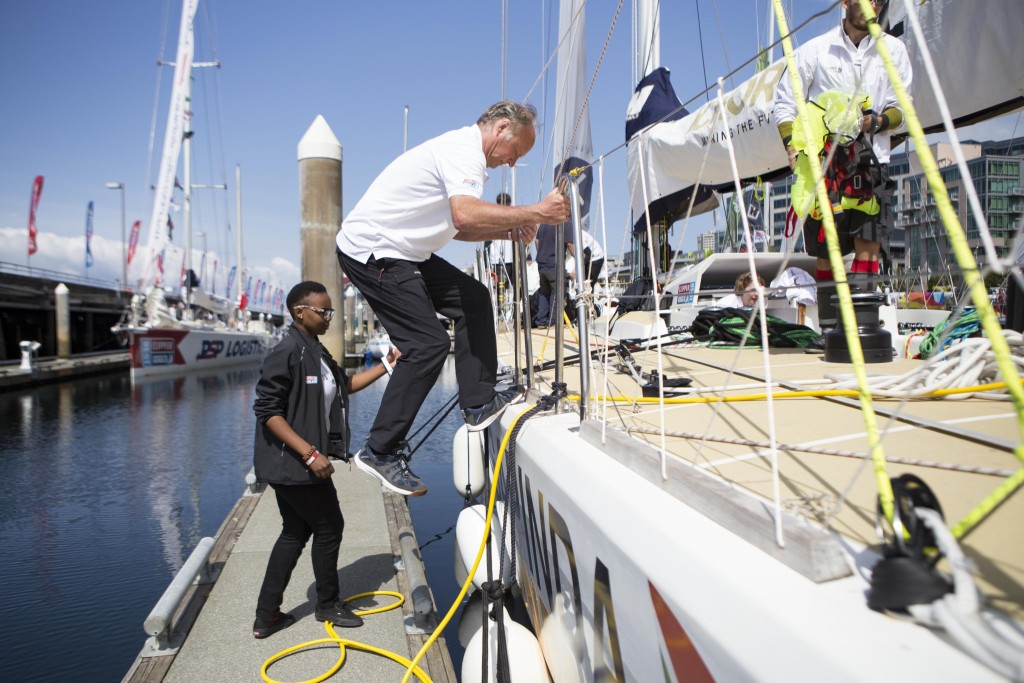
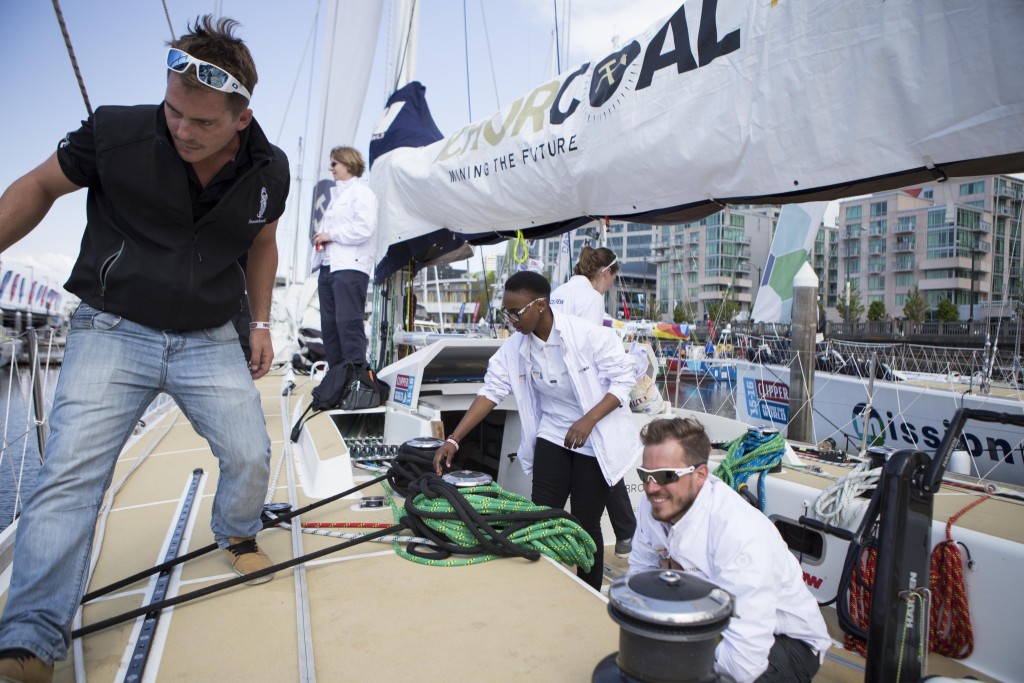
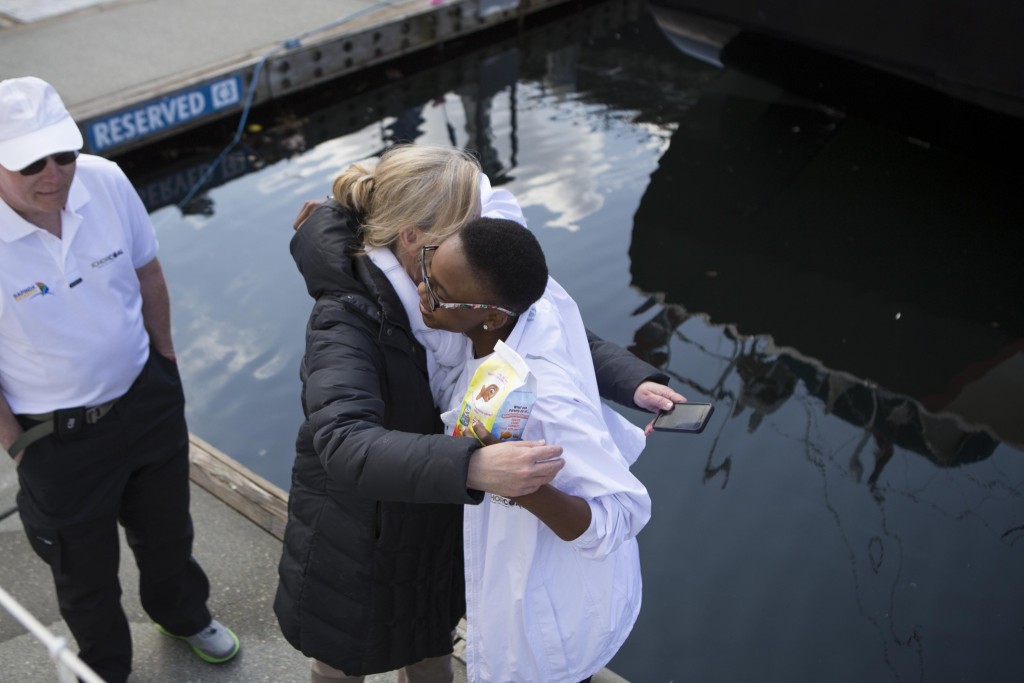
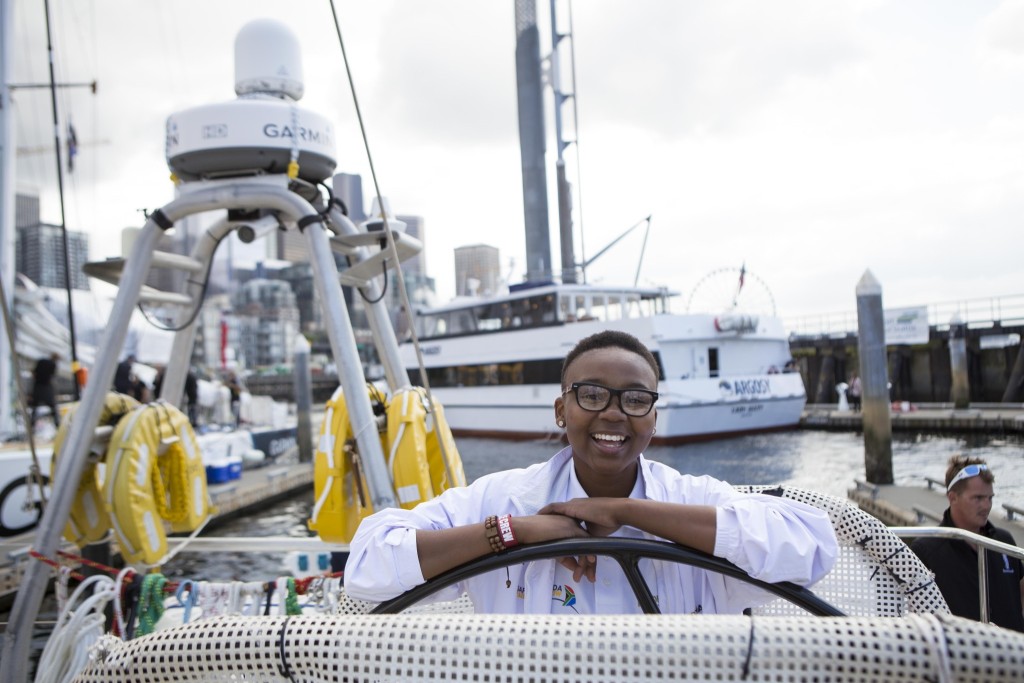
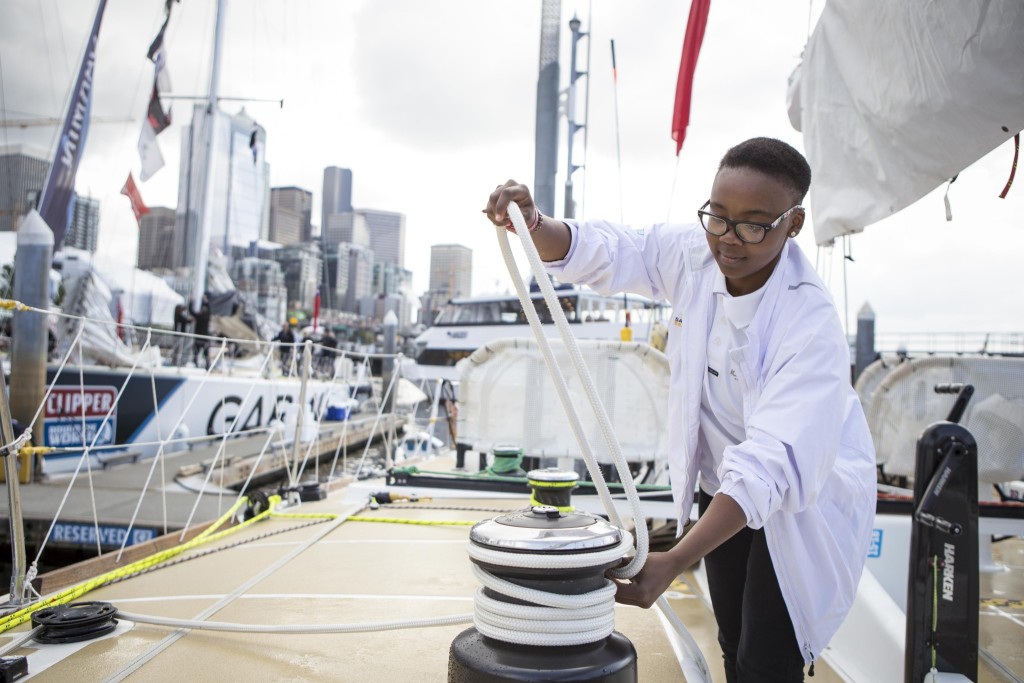
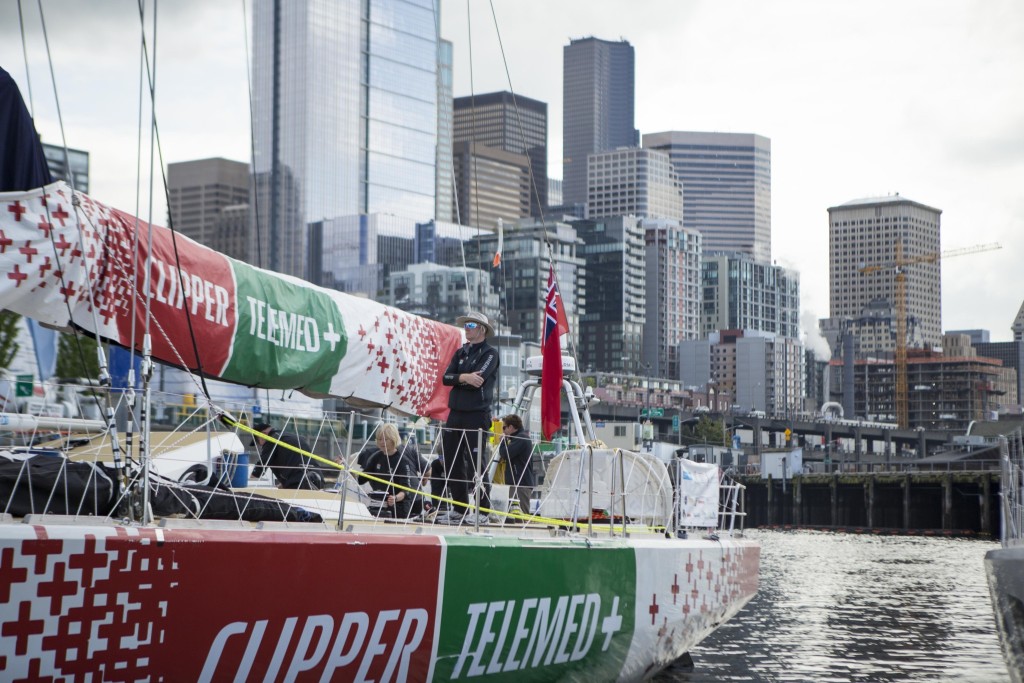
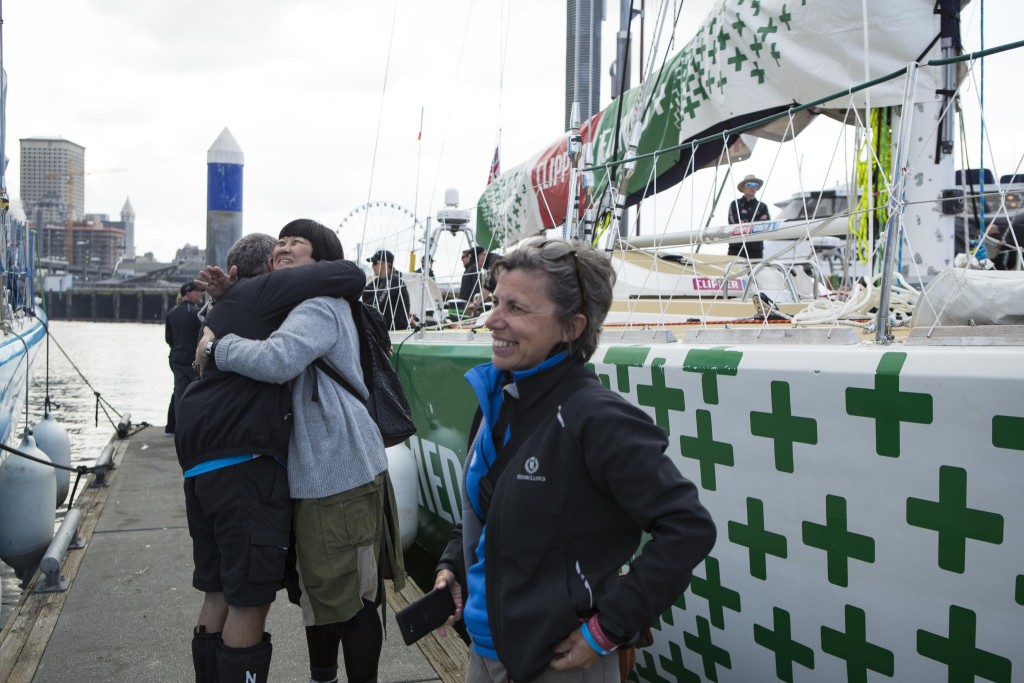
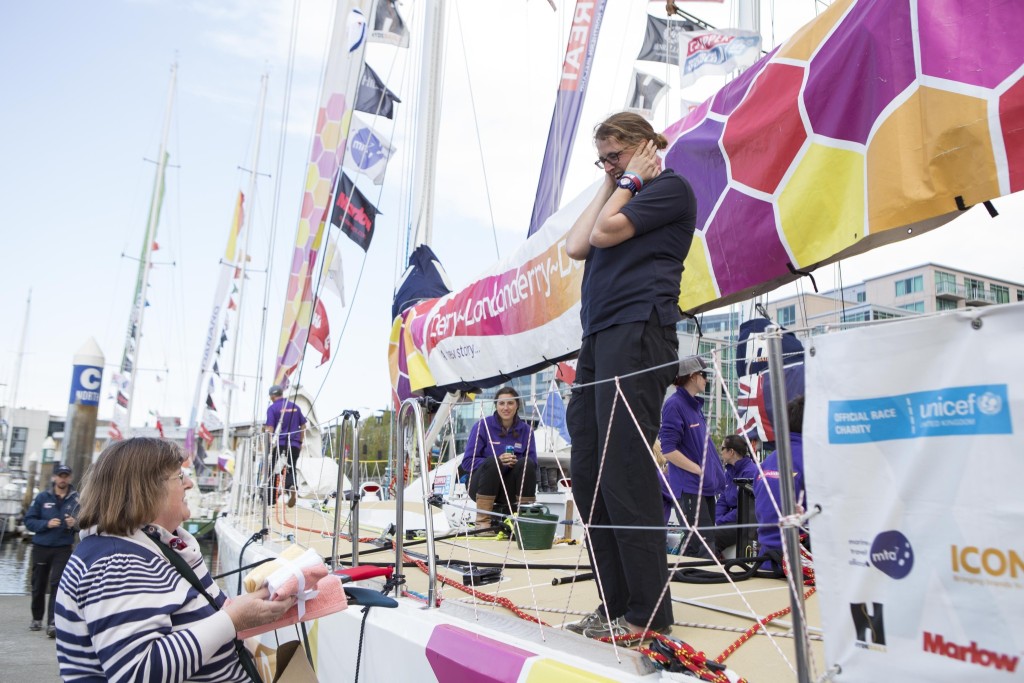
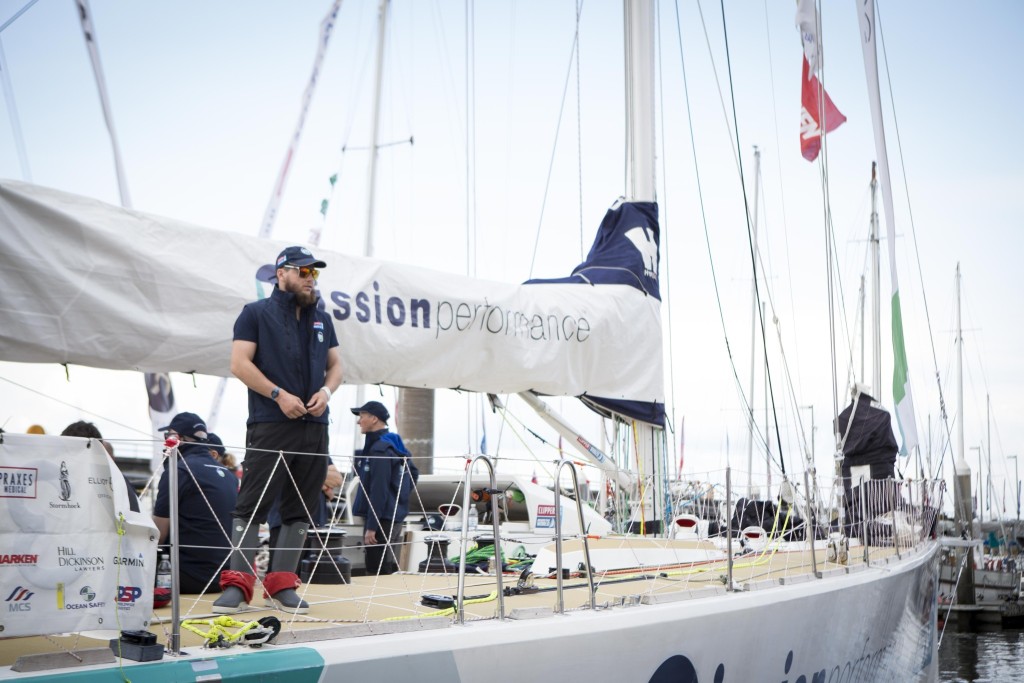
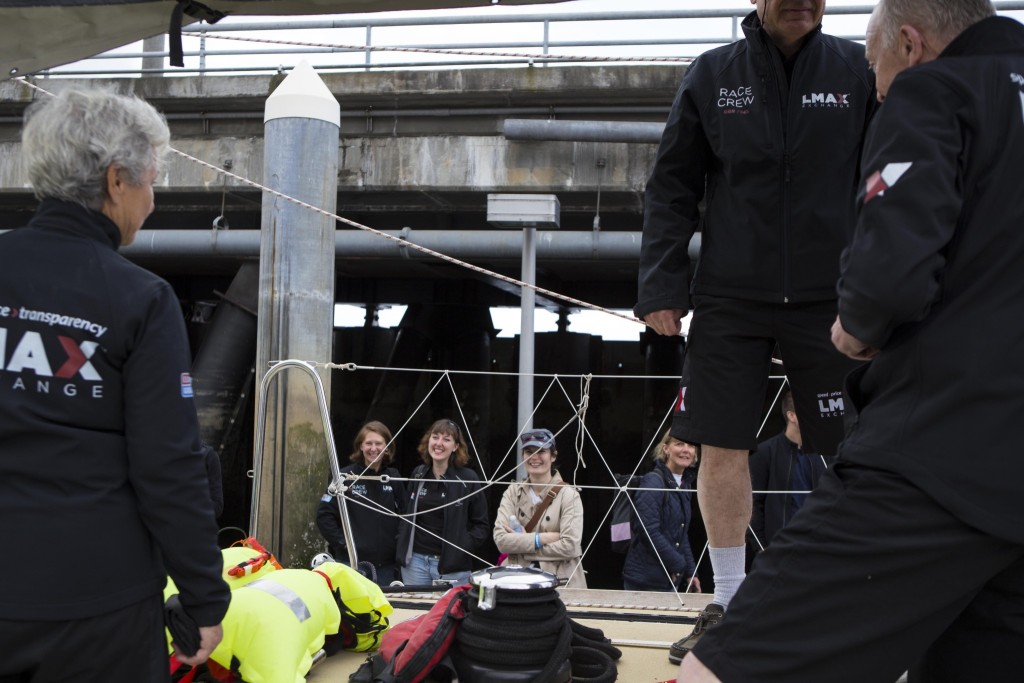
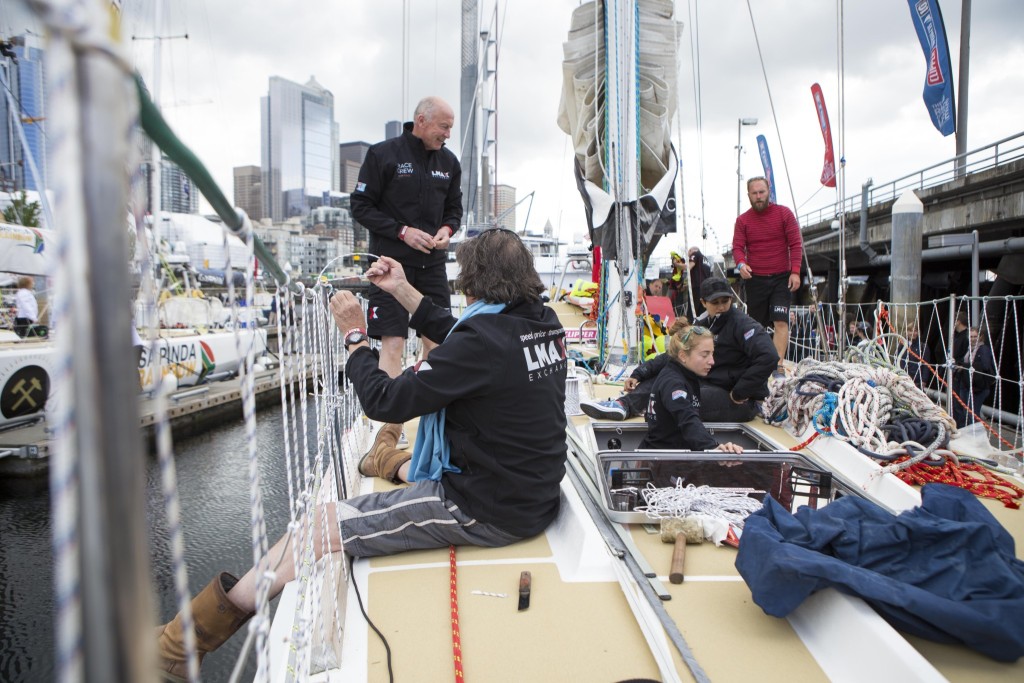
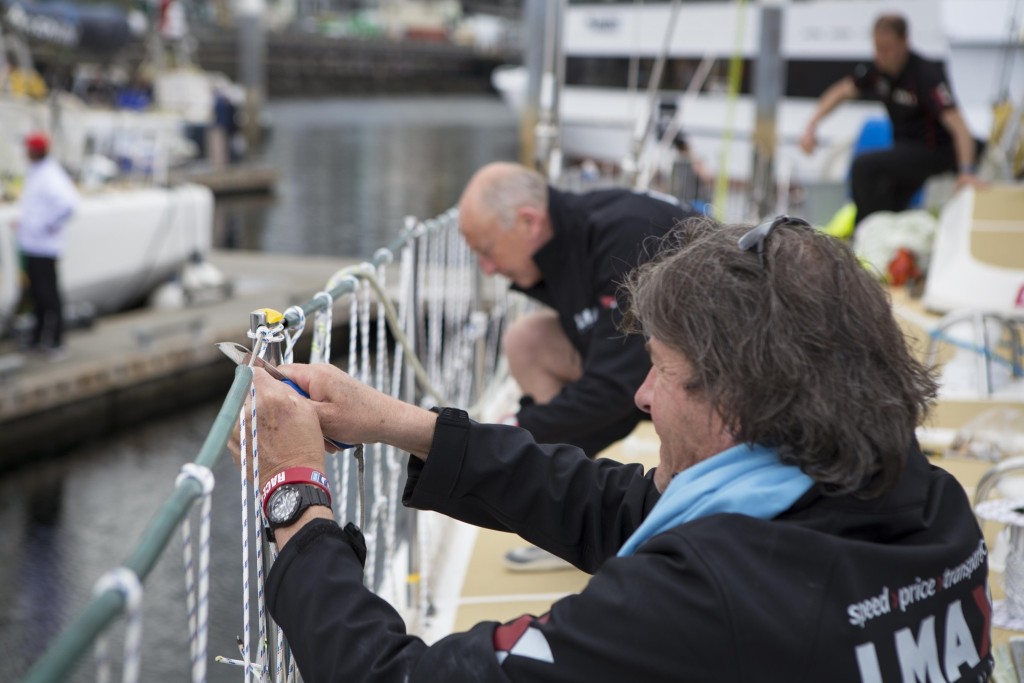
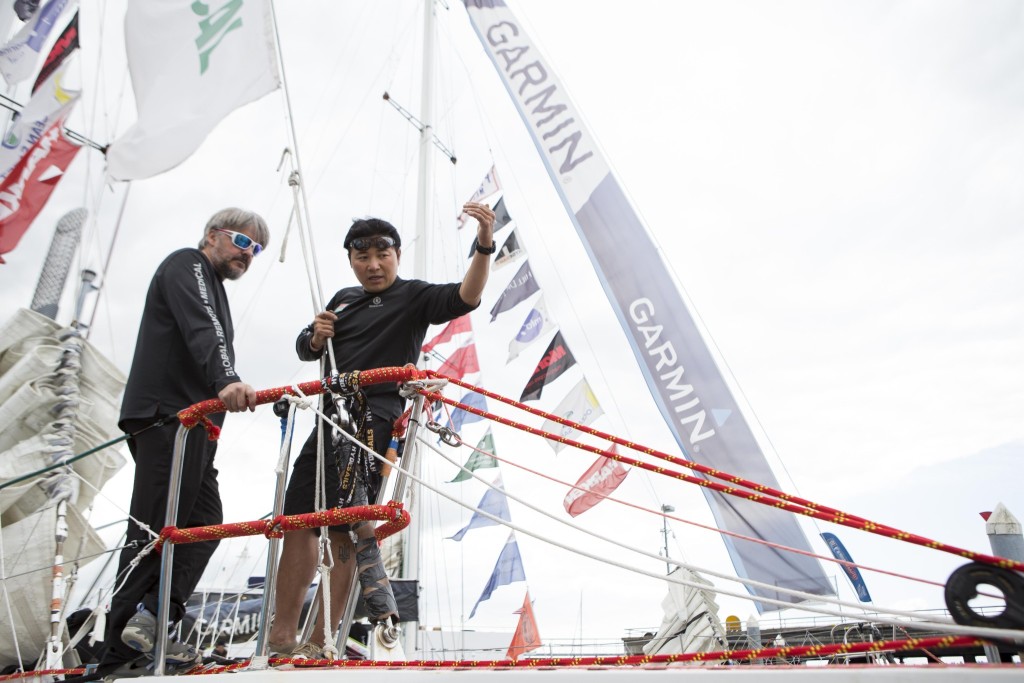
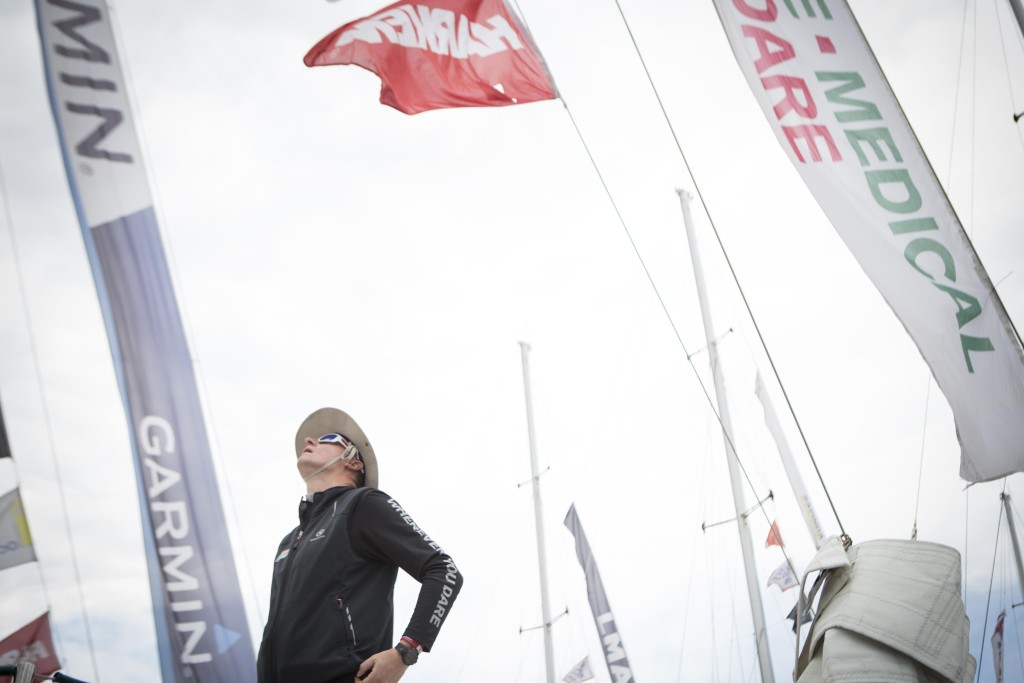
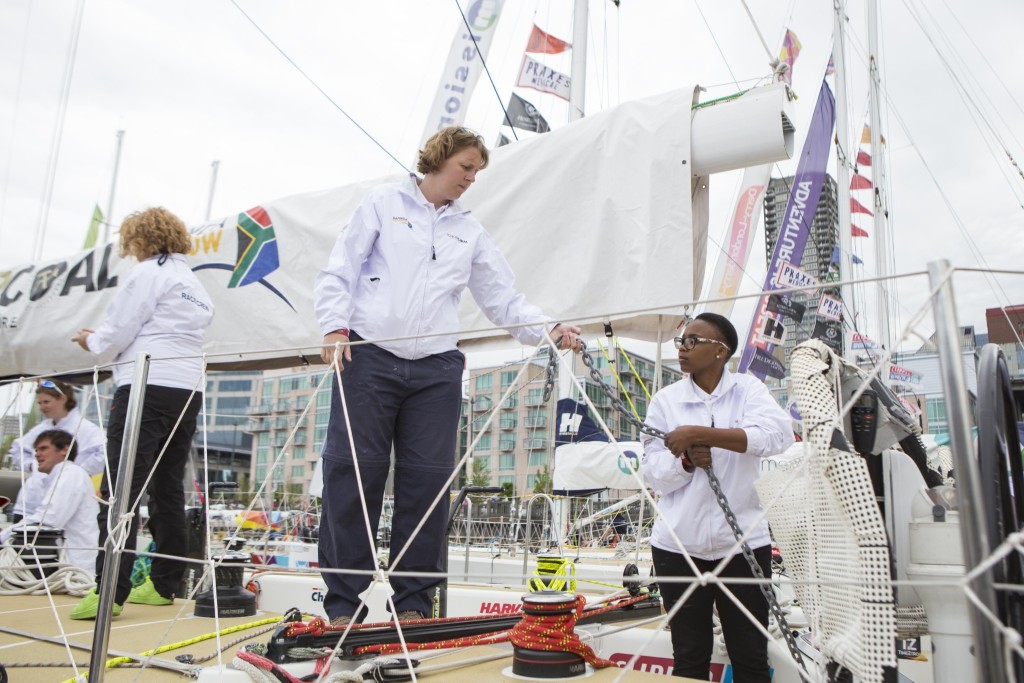
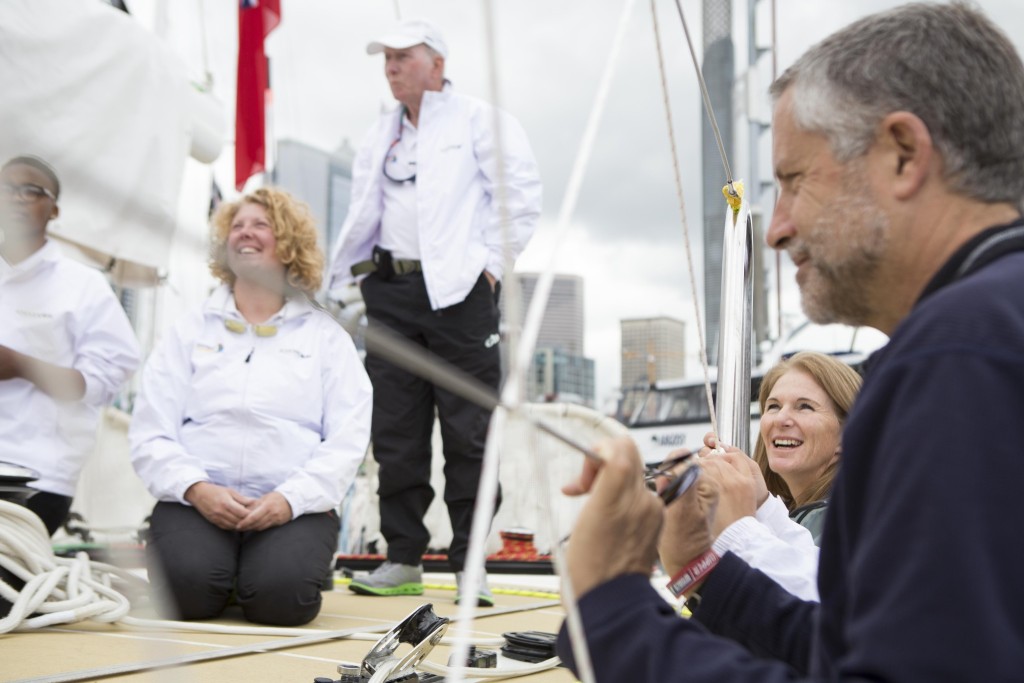
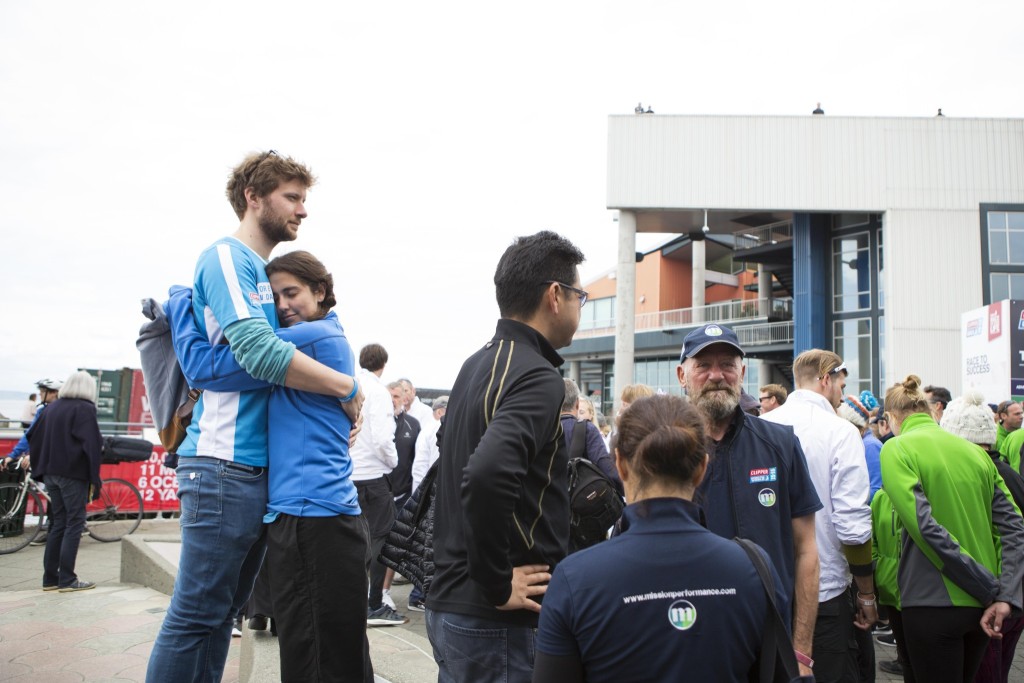
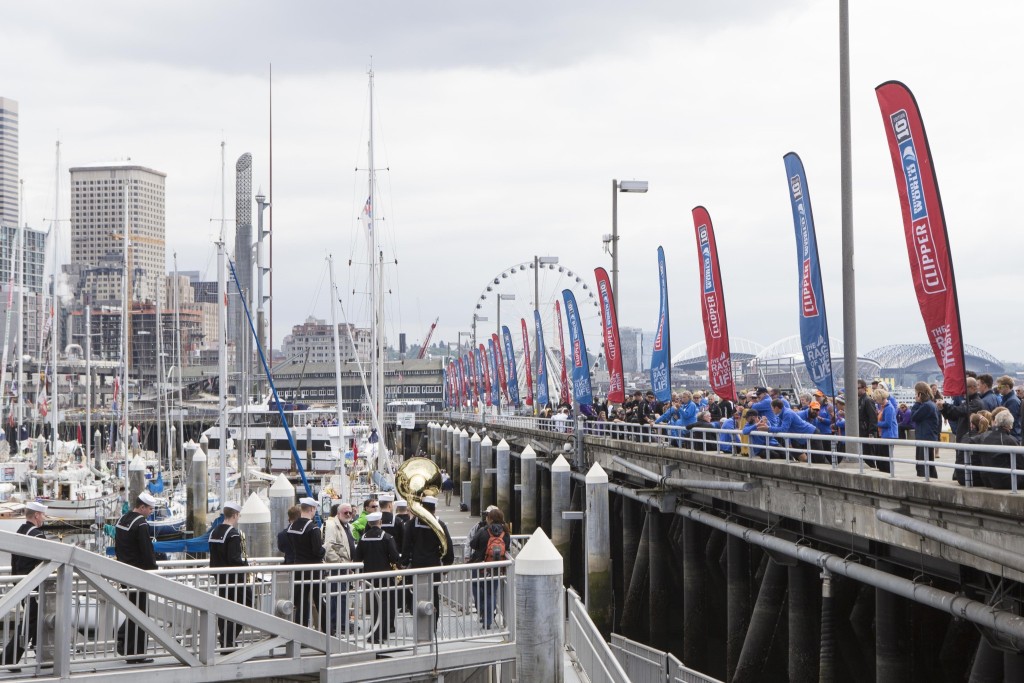
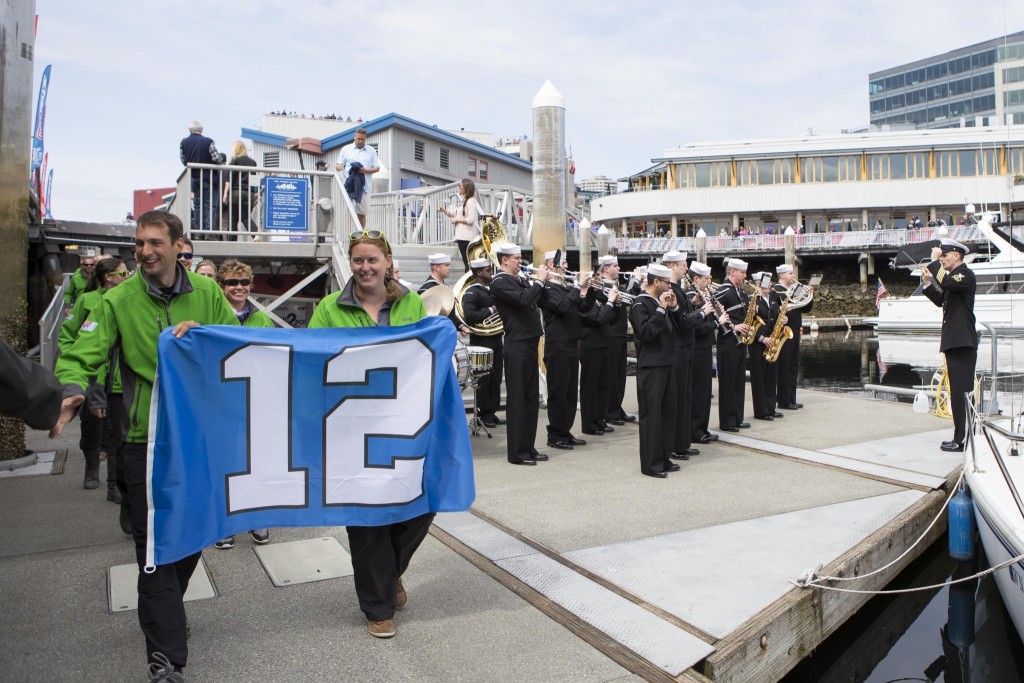
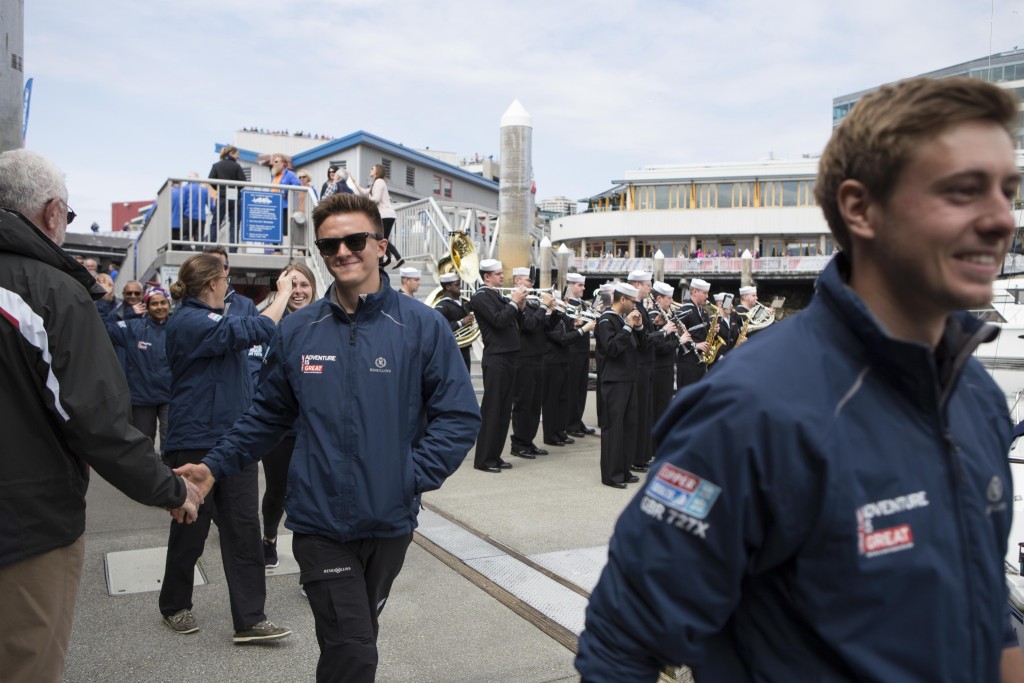
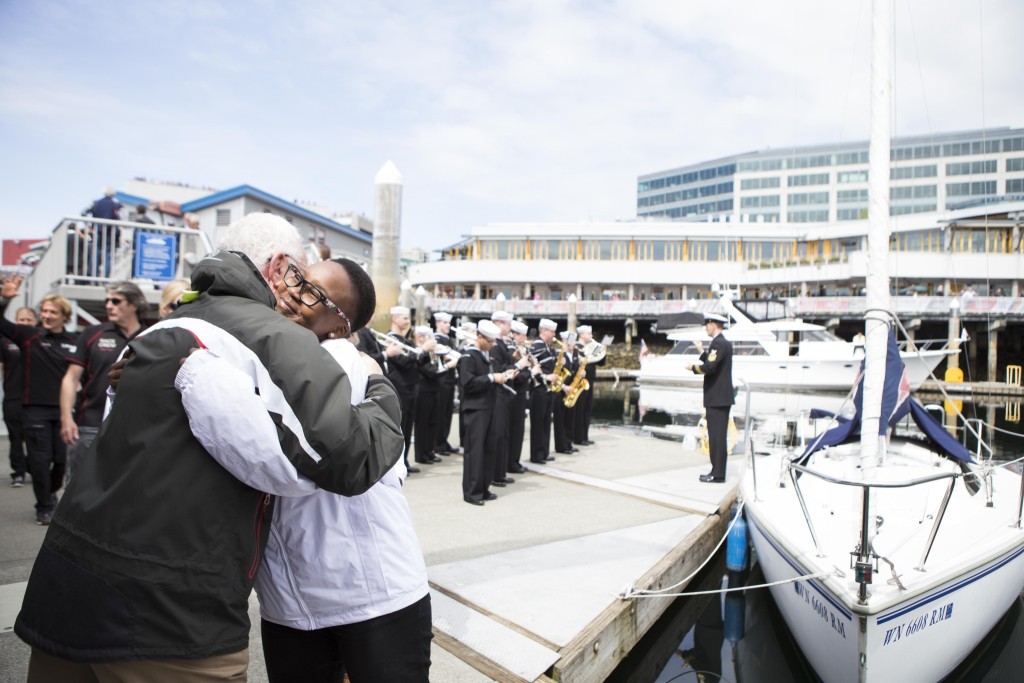
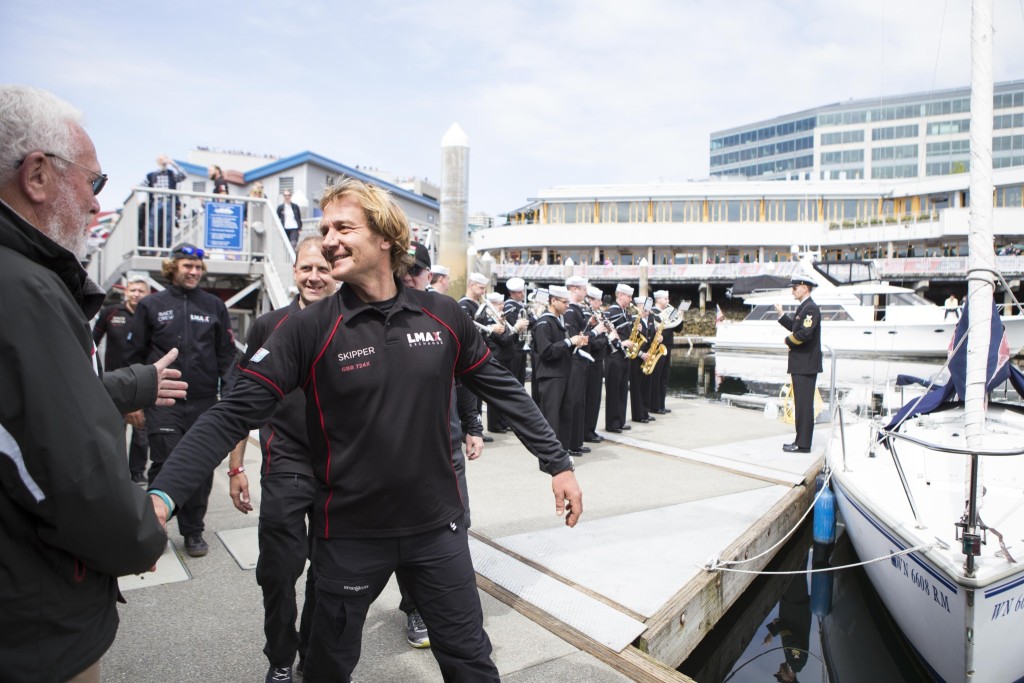
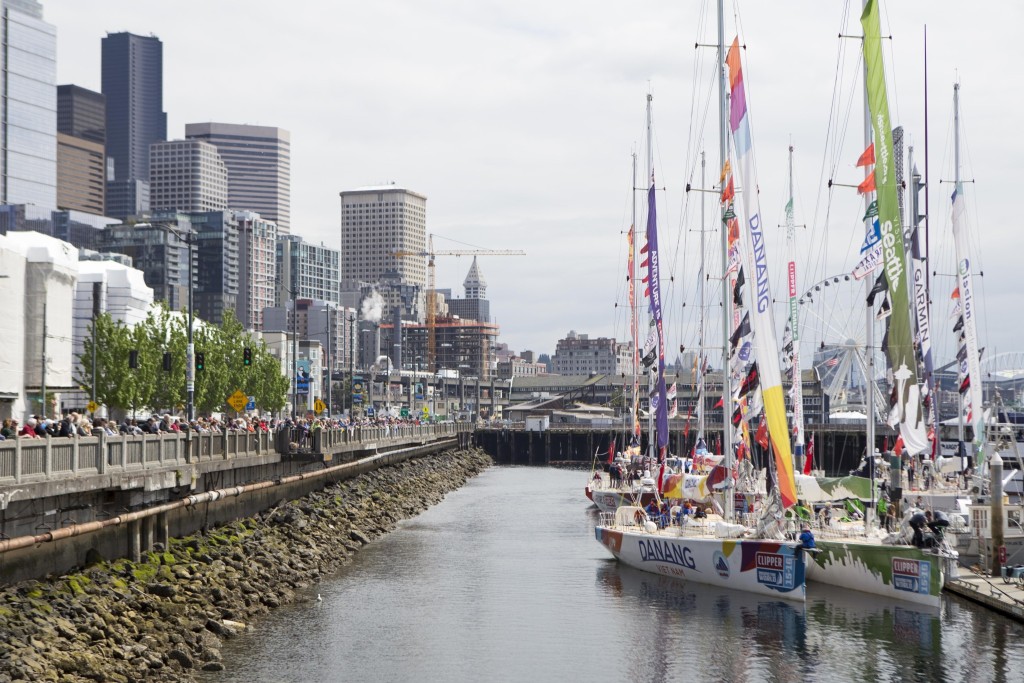

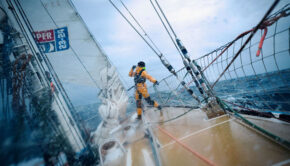
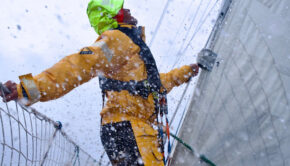
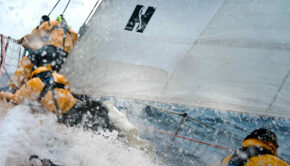
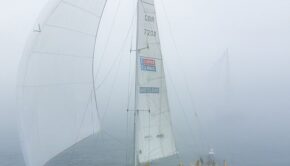
 We’ll keep your information safe.
We’ll keep your information safe.